
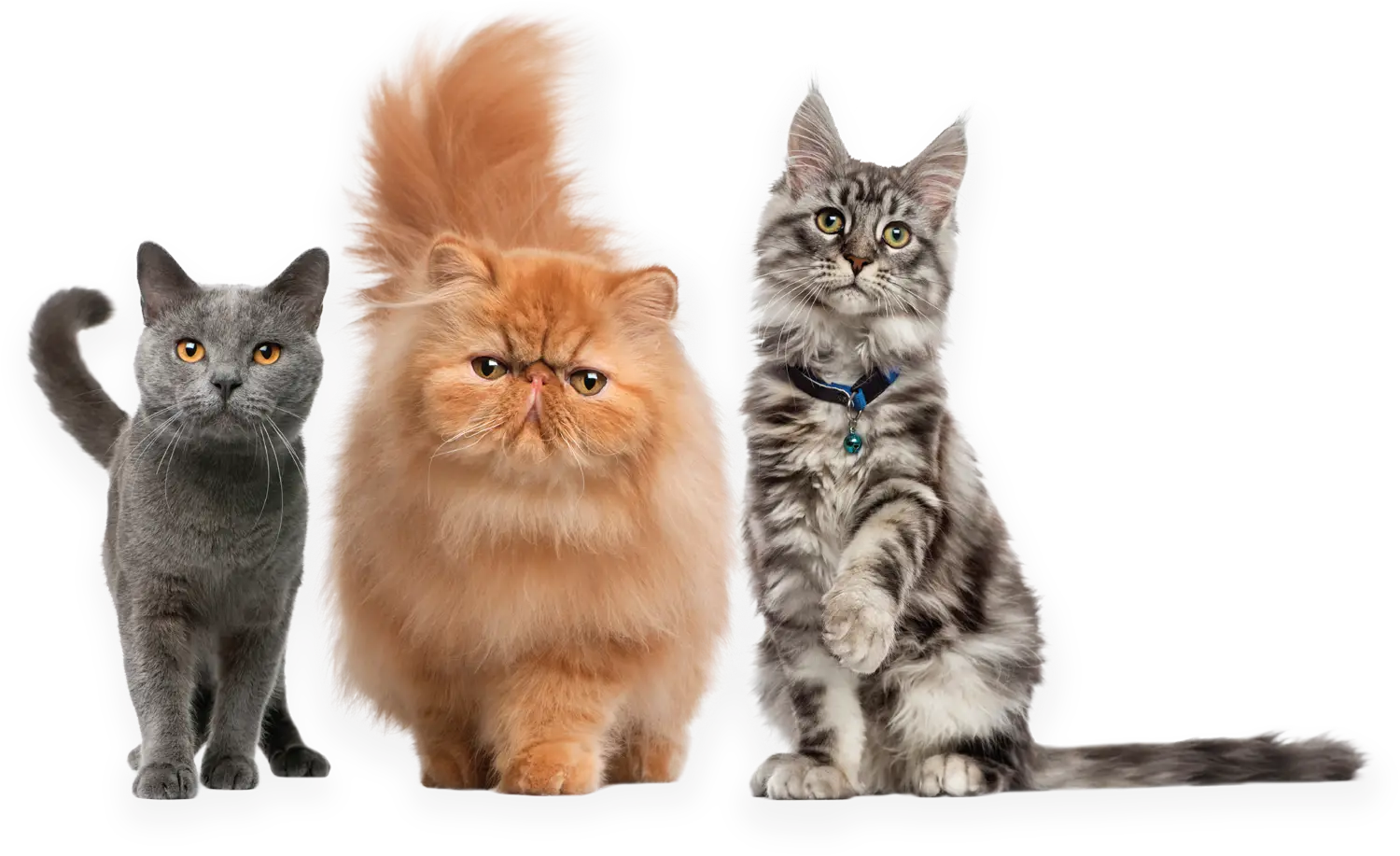

 hen people think about different animal breeds, they typically think dogs. Herding dogs, working dogs, lap dogs—each with a long history of being bred for very specific jobs. Cats, on the other hand? Most people assume they’re either “just a cat” or some fancy show breed with a smooshed face and a high price tag.
hen people think about different animal breeds, they typically think dogs. Herding dogs, working dogs, lap dogs—each with a long history of being bred for very specific jobs. Cats, on the other hand? Most people assume they’re either “just a cat” or some fancy show breed with a smooshed face and a high price tag.
But here’s the truth: While cats haven’t been bred for jobs in the same way dogs have, the selective breeding that has happened is often more extreme—and a lot more obvious. In just a few generations, we’ve created cats with flat faces, hairless bodies, wild-animal lineage and coats so dense they practically dread themselves.
And let’s not overlook the “non-breed” cats—your Domestic Shorthairs, Mediumhairs and Longhairs. These cats weren’t bred to win ribbons, but that doesn’t mean they’re behaviorally random. They still carry generations of survival-based traits, and you’ll see them play out in the grooming salon loud and clear. Whether it’s a coat that mats overnight or a hair-trigger stress response, those traits weren’t pulled from thin air.
As groomers, understanding where these cats came from—genetically and behaviorally—can make all the difference in how we handle them. It helps us approach them with more empathy, adapt our methods, and maybe even avoid some of the bloodshed. Because behind every pelted Persian, yowling Bengal or silent tortie with murder eyes, there’s a story written in their DNA.
Their senses are hypersensitive, their boundaries are ironclad, and their nervous systems are primed to react first and process later. These are not animals built to be restrained, handled and fluffed—they’re built to survive. And as groomers, we see this firsthand. The cat might be fine…until it isn’t. When we understand that this behavior isn’t “bad” or “naughty,” it becomes easier to work with it instead of against it.
Here’s a fun, science-backed detail: Meowing is something cats developed to communicate with humans. Wild and feral cats don’t meow at each other past kittenhood—they communicate through scent, body language and silence. Vocalization is a tool they’ve adapted to get our attention, food, affection or mercy. So when a cat is meowing up a storm on your table? That’s not a tantrum—it’s evolution.
These felines weren’t selectively bred for looks or temperament—they’re the result of generations of natural selection. They survived because they were smart, adaptable, cautious and capable of handling themselves without a human brushing their tail every day. That history didn’t disappear just because they now live in a house and sleep on a squishmallow.
Behaviorally, these cats tend to be more reactive, more sensitive to touch and more unpredictable in a grooming setting than their purebred counterparts. And not because they’re “bad,” but because their instincts are sharper.
Their coat types are often denser and more prone to matting than owners expect, especially in Mediumhairs and Longhairs. You haven’t known betrayal until you think a cat has a short, manageable coat only to discover it’s pelted underneath and their tolerance is set to 30 seconds.
Every cat has their own personality, but there are definite patterns tied to genetics, coat type, and even color (yes, it’s anecdotal—not science). But if you’ve spent any time grooming, rescuing, or even just living with cats, you know there are vibes that come with certain colors and patterns. And this isn’t about making assumptions or labeling cats unfairly—it’s about recognizing the trends can help you prep for the chaos (or calm) to come.
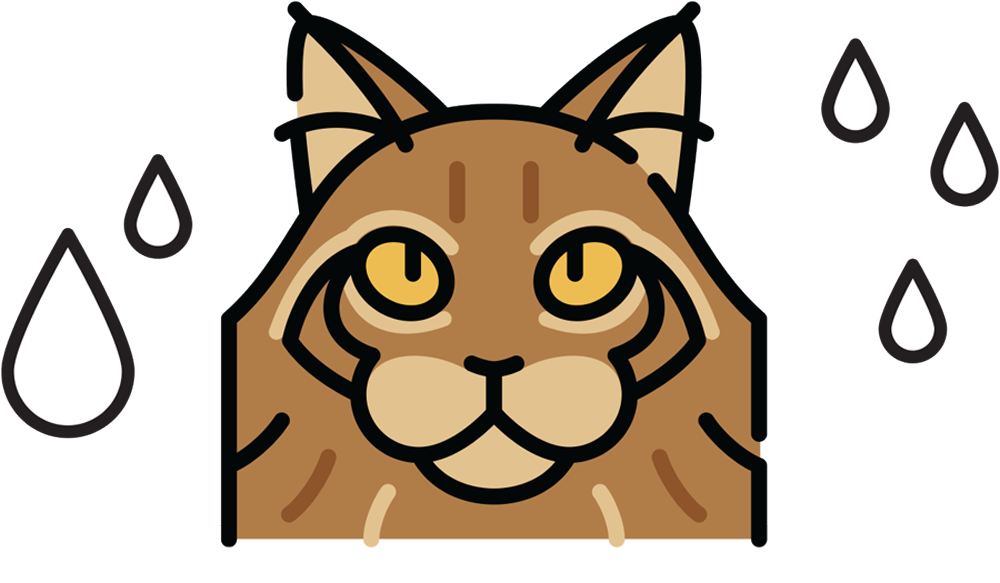
- Often big, shaggy and deceptively chill, and sometimes water-tolerant.
- Double coat means seasonal shedding, impacted undercoat and full-pelt potential.
- Groomer’s challenge: They’re heavy. Like, “lift with your knees” heavy.
- Owner challenge: “He grooms himself!” (No, he doesn’t.)
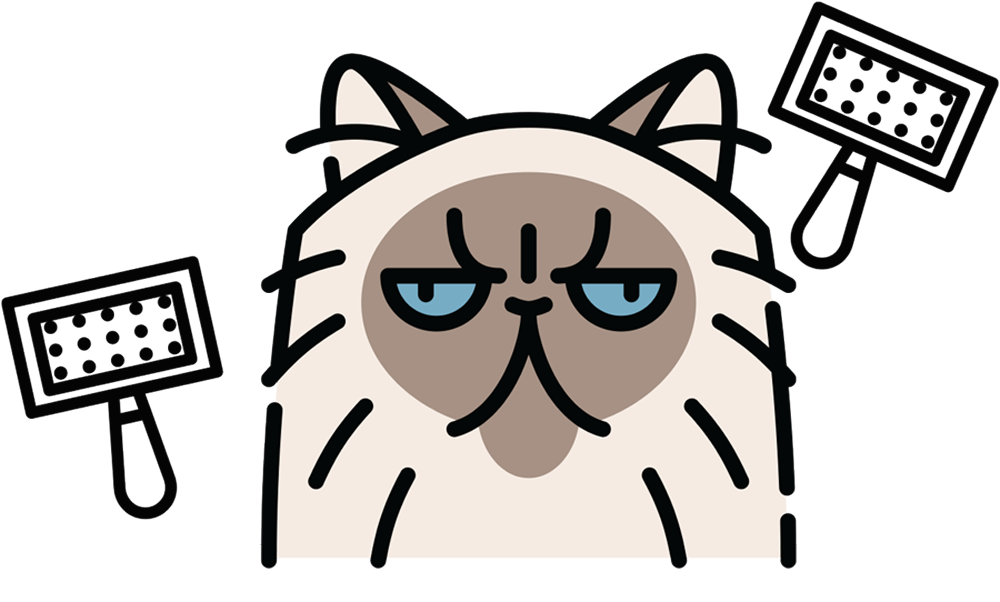
- Brachycephalic faces, big eyes and coats that mat from across the room.
- Eye drainage, sensitive skin, breathing issues and low tolerance for discomfort.
- Groomer’s challenge: Keeping them clean without compromising their ability to breathe.
- Owner’s challenge: Regular maintenance is essential—not optional.
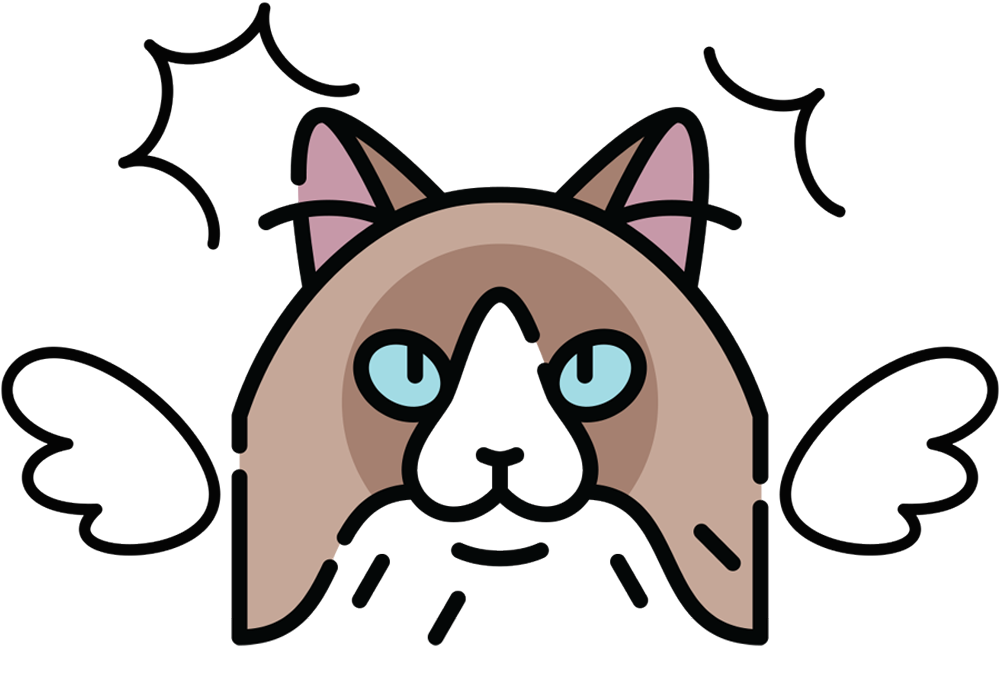
- Bred to be docile and sweet.
- Often genuinely cooperative if they trust you.
- Silky, low undercoat coat that mats less but still needs regular upkeep.
- Groomer’s challenge: None…unless they get spooked, then you’re holding a very large, very limp panic noodle.
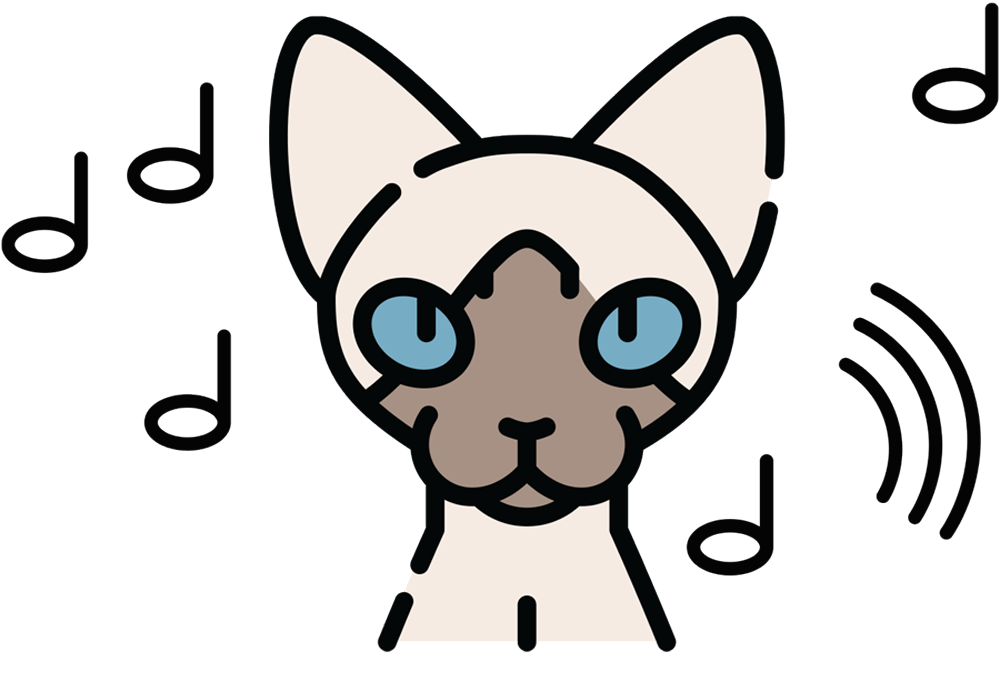
Oriental/
Abyssinian:
- Vocal, opinionated and very aware that you’re doing it wrong.
- Sleek, low-maintenance coats but extremely high handling needs.
- Groomer’s challenge: Keep them calm or be serenaded through the whole appointment with dramatic commentary.
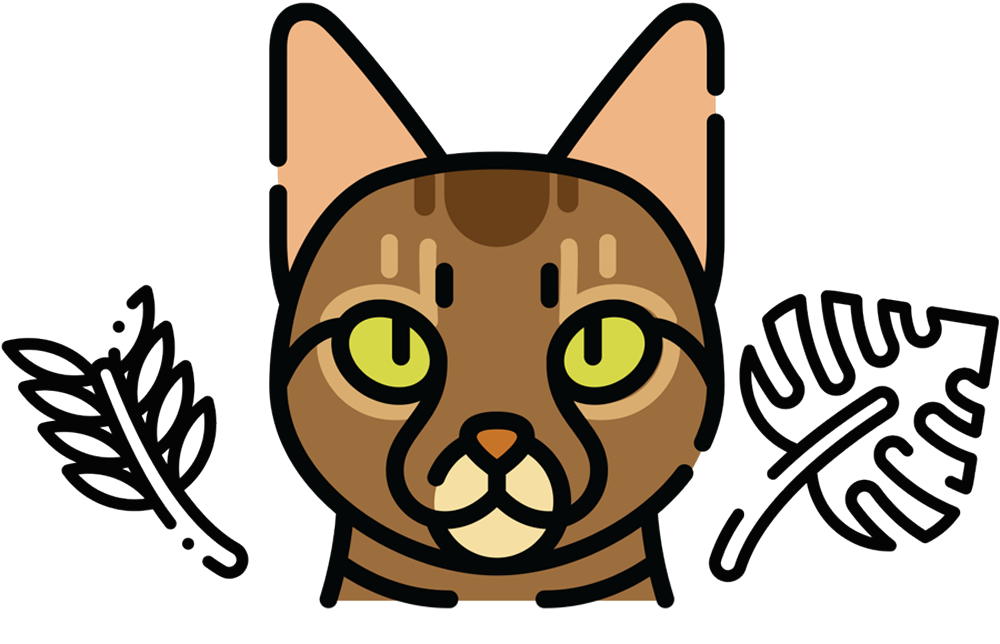
- Wildcat ancestry equals pure chaos energy.
- Athletic, smart and overstimulated by everything.
- Sleek coat doesn’t need much maintenance—but good luck getting them to sit still.
- Groomer’s challenge: You are not grooming a cat. You are trying to reason with a jungle- themed missile.
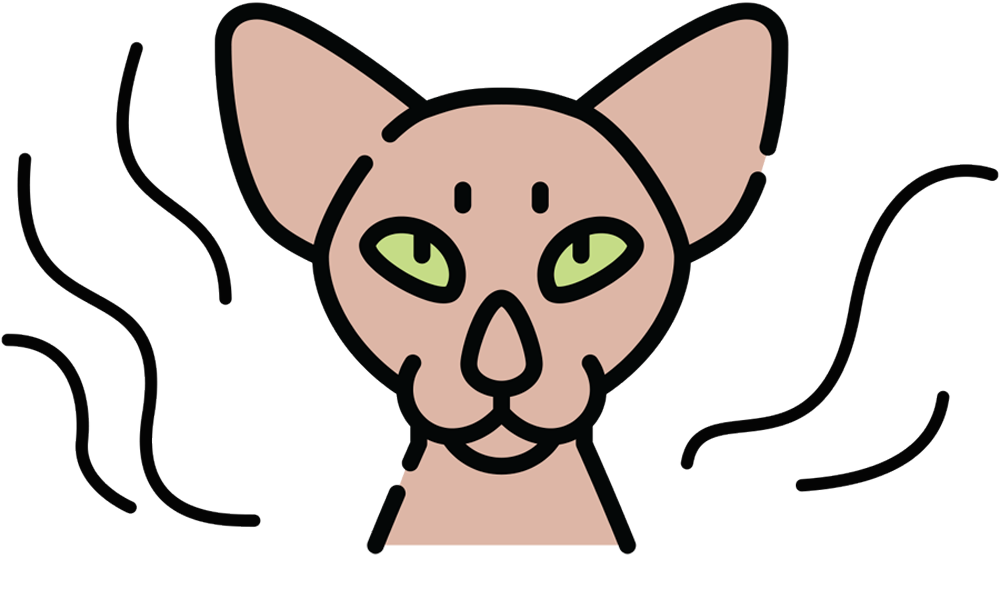
- No fur, but not low maintenance.
- Oily skin, acne-prone, cold-sensitive and opinionated.
- Needs regular baths, ear cleaning, nail care and warmth.
- Groomer’s challenge: Slippery when wet, slippery when dry, slippery when making direct eye contact with your soul.
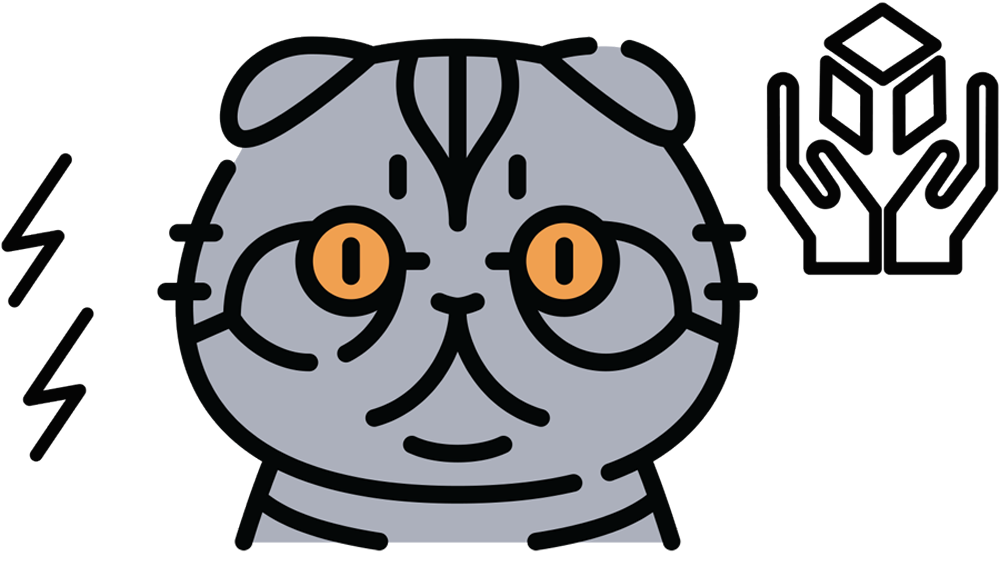
Munchkin/
Designer Breeds:
- Often bred for aesthetics over health.
- Joint issues, spine problems or other structural concerns are common.
- Coat care varies, but handling must be gentle and supportive.
- Groomer’s challenge: Honesty with owners.
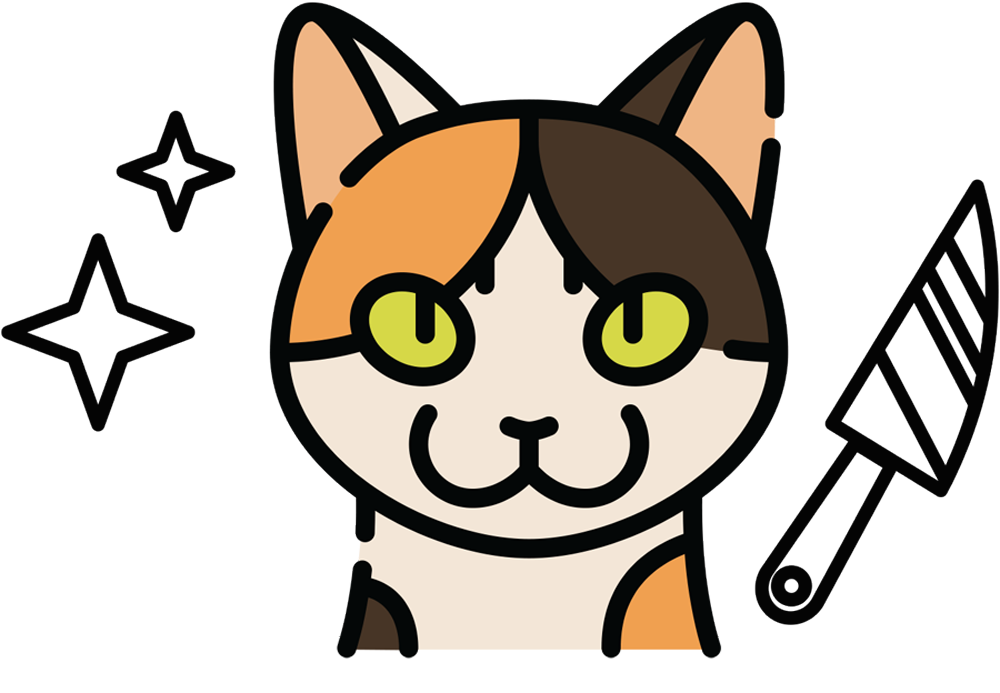
- Fiercely independent, bold and not here for your nonsense.
- Can be loving—but only on their terms.
- Groomer’s challenge: Predict nothing. Expect everything.
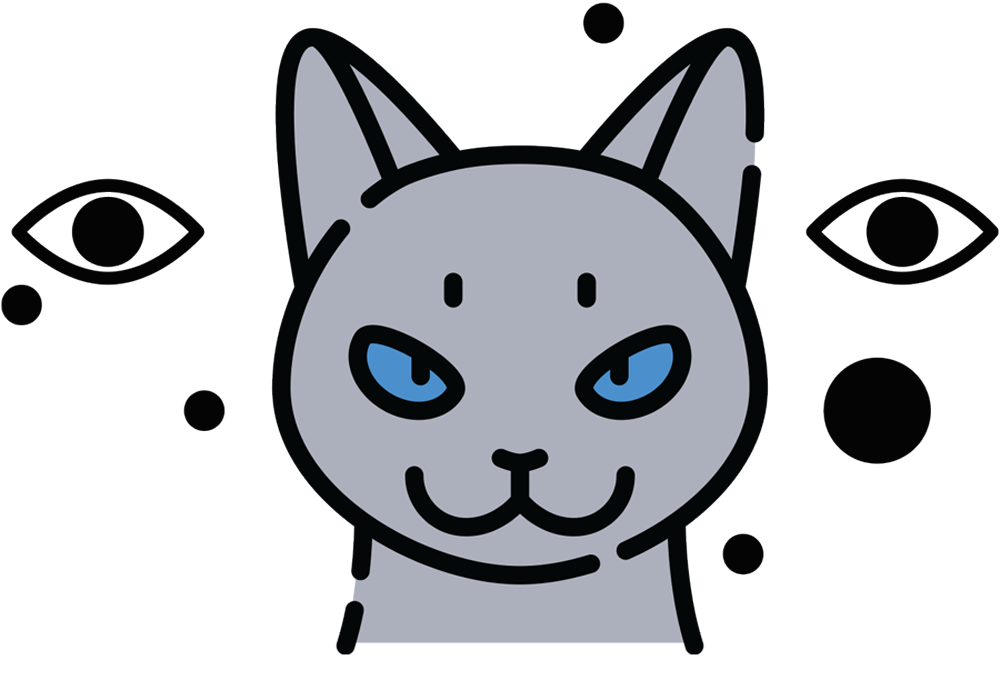
- Calm, watchful and often reserved. Think therapist energy with claws.
- Can be deeply bonded or quietly judging you the entire time.
- Groomer’s challenge: Keep it low-stress and they’ll stay chill. Push too fast and they’ll ghost you mid-bath.
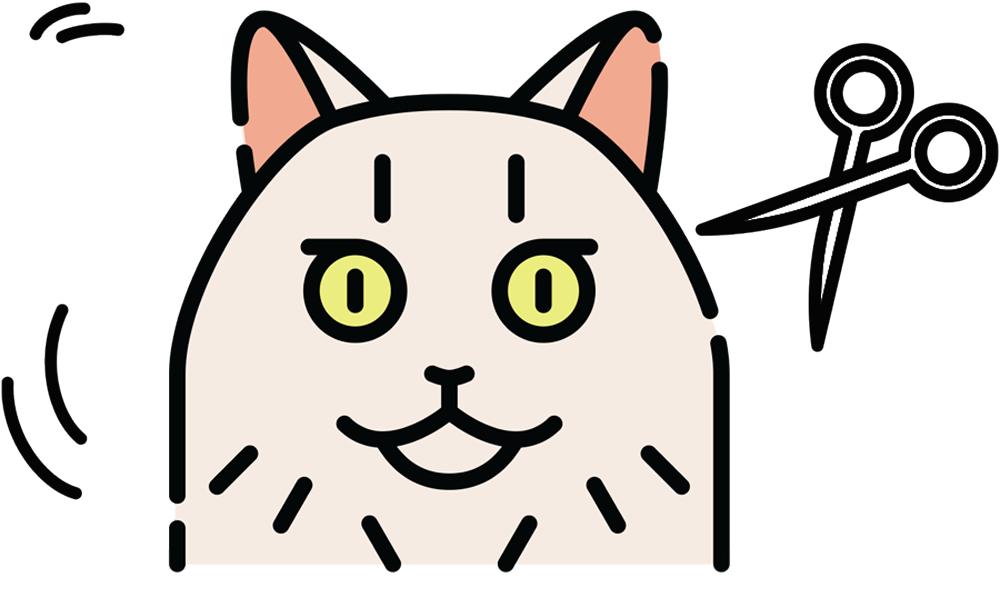
- Prone to allergies, skin issues, tear staining and a flair for dramatics.
- Can be affectionate but often have a strong startle response.
- Groomer’s challenge: Keep the environment calm and your clippers sharp. They’re watching you.
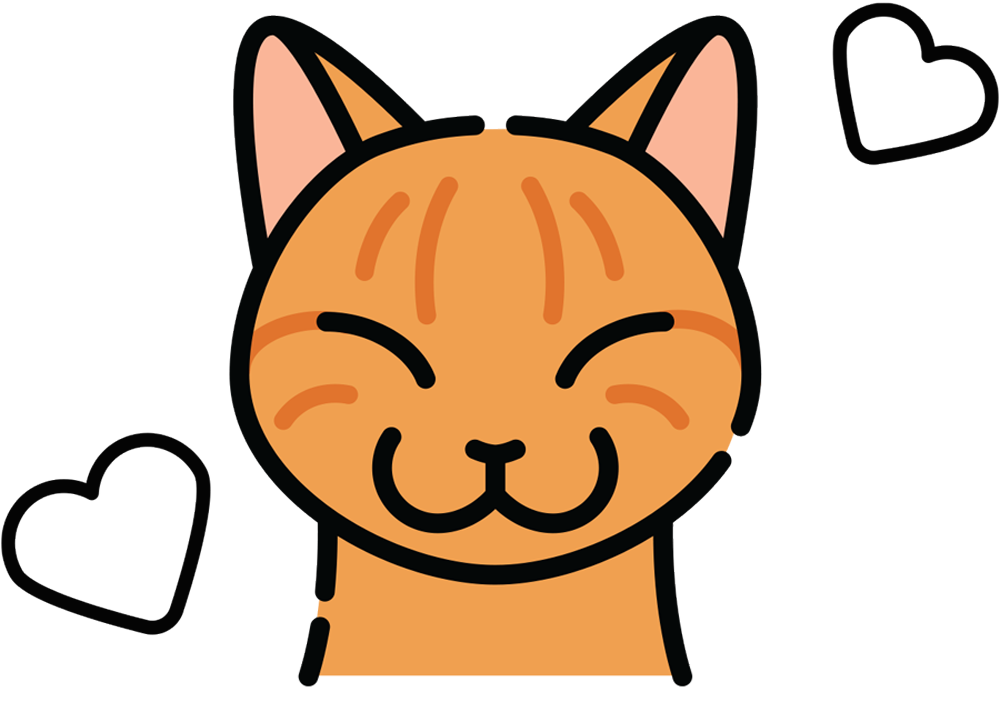
- Friendly, outgoing, sweet…and a little empty upstairs.
- Often surprisingly tolerant, if occasionally baffled by the process.
- Groomer’s challenge: They’ll walk into a wall and purr about it. Just be gentle.
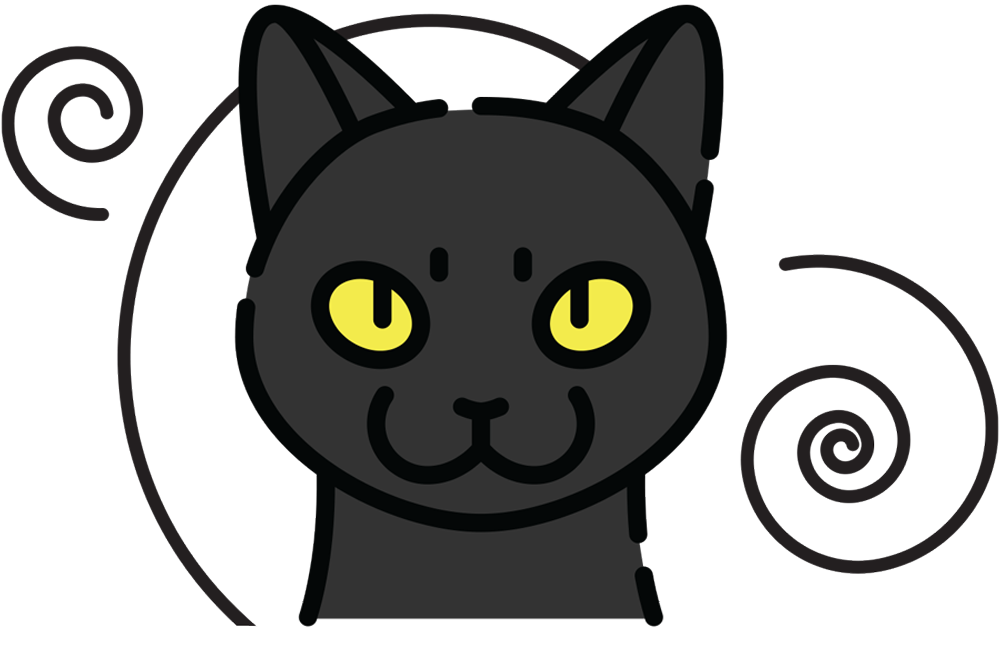
- Underrated, underappreciated and full of personality.
- May surprise you with how easygoing they are…or how fast they vanish into the shadows.
- Groomer’s challenge: Nail trims. On a black cat. In dim lighting.
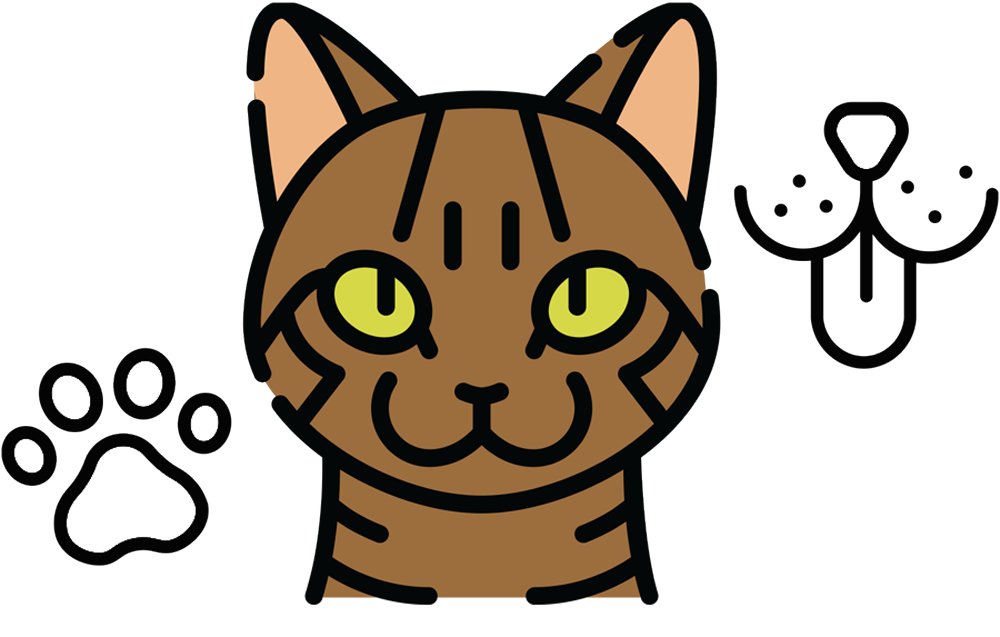
- Often social, curious and food-motivated; “dog-like” in the best ways.
- Coat care and temperament vary widely, but they usually come with personality and a decent sense of humor.
- Groomer’s challenge: Earning their trust is usually worth it.
Understanding a cat’s background can be the difference between a smooth appointment and a “well, I guess I’m bleeding again” kind of day. As groomers, we’re not just handling coats; we’re handling personalities shaped by generations of instinct, adaptation and sometimes questionable breeding decisions.
The good news? You don’t have to be a feline geneticist, you just have to be observant, flexible and willing to shift your approach based on what’s in front of you. Here are a few tips to help you get through your grooms unscathed:
- Match Your Energy: Some cats need firm confidence while others need slow, steady reassurance. For example, the Maine Coon might let you do anything—until you use the high-velocity dryer. Or, that Ragdoll may flop in your arms but scream the moment you clip a nail. Reading the body language and adjusting your tone, pace and pressure is everything.
- Educate the Client (Gently, But Honestly): A lot of owners don’t know their cat’s breed—or how that affects grooming. They may think their Exotic Shorthair is “low maintenance” or that their DSH “doesn’t mat.” So, your role isn’t just doing the work, it’s also helping them understand why regular grooming matters for their specific cat.
- Be the First Line of Health Detection: Because of how selective breeding has affected some cats (especially Persians, Folds and Sphynx), you may notice problems long before a vet visit. Tear staining, skin irritation, pelted coats, dental issues and joint sensitivity often show up in your hands before anyone else sees them. Don’t underestimate your role in early intervention.
- Know When to Walk Away: Not every cat is safe to groom in every moment. Sometimes the combination of genetics, trauma, poor handling history or medical issues makes it too dangerous—for the cat or for you. Giving up isn’t failure; it’s professional wisdom. Rescheduling, referring out or recommending sedation grooming is part of ethical practice.
Ultimately, being a great cat groomer isn’t just about technique—it’s about understanding what you’re working with. When you respect the instincts that cats were born with, the body they inherited and the boundaries they’re telling you about, your chances of success go way up…and so does your survival rate.
By the time a cat ends up on your grooming table—purebred, mixed, feral or fluffy—it’s carrying the weight of its genetics, instincts and past experiences. That’s why understanding feline behavior through the lens of breed and inherited traits isn’t about stereotyping—it’s about preparation. It’s about giving yourself the tools to recognize when a cat is overstimulated versus when it’s just being spicy, when a coat is likely to mat overnight or when a “talkative” cat might actually be trying to communicate something important.
From tortie vengeance to Maine Coon weightlifting sessions, every cat tells a story written in its DNA. Our job is to listen, adapt, and do the work with as much empathy and awareness as we can. And if all else fails? Clip the nails first!


